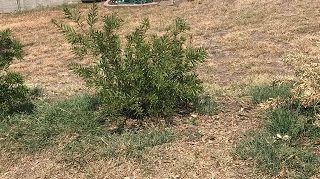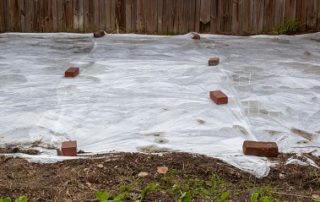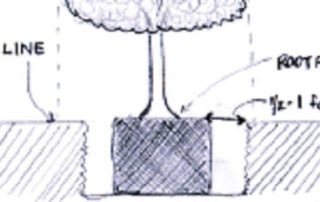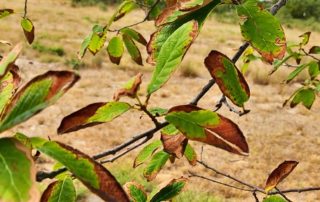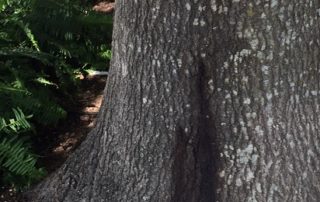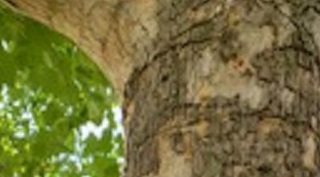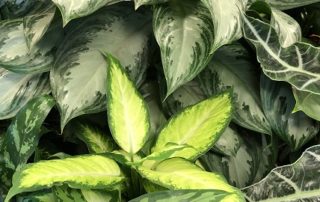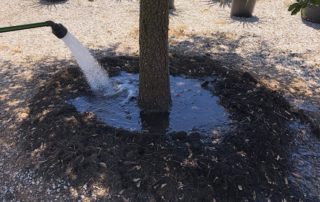Grow Spinach from Seed in the Garden
What are the secrets for growing spinach from seed successfully? Because many people have difficulty getting the seeds to germinate, I thought I would give a few helpful hints on getting the seed started, and helping the plants grow well once they are up. -Prepare soil with liberal amounts of organic matter. Incorporate fertilizer such as Happy Frog Tomato and Vegetable Fertilizer or Happy Frog Marine Cuisine prior to planting. -If your soil is heavy or tends to hold moisture for prolonged periods, plant in raised beds using the “ridge [...]



